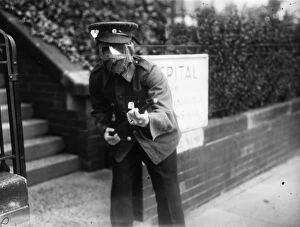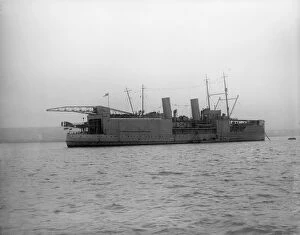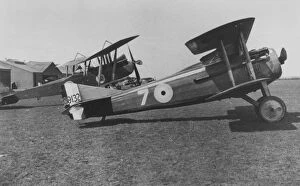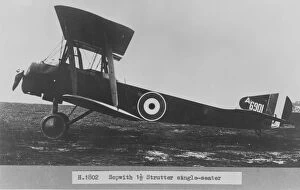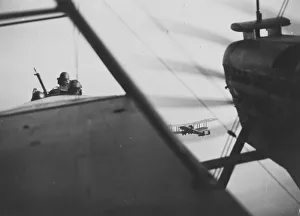I British Collection
"I British: Unprepared For Action But Willing To Fake It" In the midst of chaos and uncertainty, a squadron of Fokker Fodder planes took to the skies
All Professionally Made to Order for Quick Shipping
"I British: Unprepared For Action But Willing To Fake It" In the midst of chaos and uncertainty, a squadron of Fokker Fodder planes took to the skies, their pilots ready to face any challenge that lay ahead. These brave aviators were not just skilled in combat; they possessed an unwavering determination to protect their homeland. One fateful day, a captured plane from enemy lines found its way into British hands. With meticulous care, it was examined and analyzed at Scapa Flow, providing invaluable insights into the enemy's tactics. The Nairana aircraft carrier became a floating workshop where engineers worked tirelessly to decode this technological marvel. Amidst the turmoil of war, moments of respite emerged as marines on parade showcased their discipline and unity. HMS Inflexible stood tall as a symbol of Britain's naval might while submarines silently patrolled beneath treacherous waters. Off to the frontlines they went - young men with courage etched upon their faces. Their spirits soared high as they boarded British bi-planes, soaring through azure skies towards uncertain destinies. On land, amidst shattered ramparts and scarred landscapes in Flanders' aftermath, these heroes fought valiantly for freedom and justice. The "I British" spirit embodied resilience against all odds – unprepared for action but willing to fake it if necessary. They faced adversity head-on with indomitable resolve because victory was not merely an option; it was imperative for future generations. As we look back on those turbulent times today, let us remember those who sacrificed everything so that we could enjoy peace and prosperity. Their legacy lives on in our hearts as a testament to the strength of the human spirit when faced with unimaginable challenges – forever inspiring us to be courageous even when our own skies seem darkened by storm clouds.


